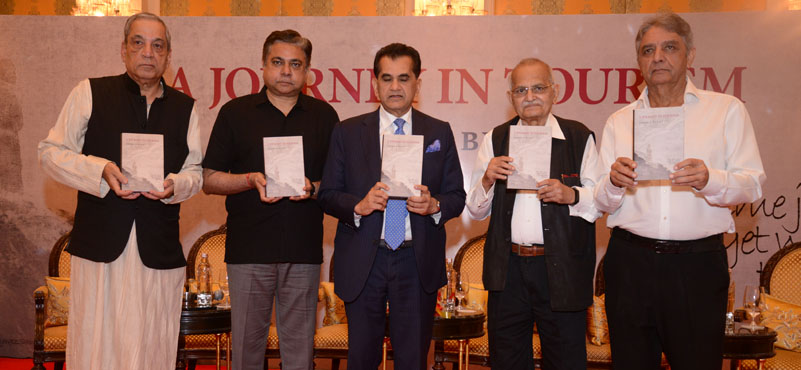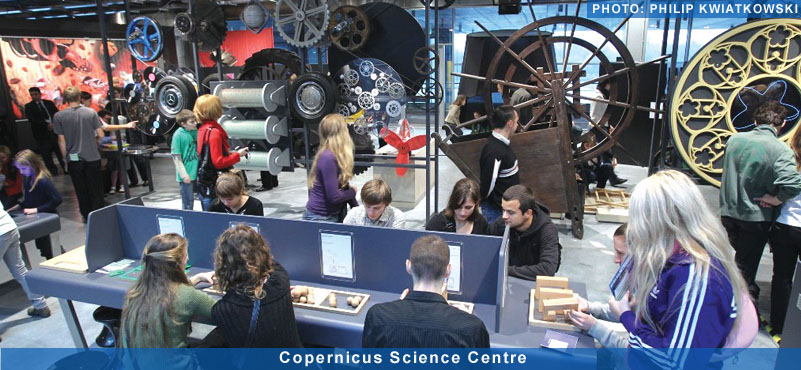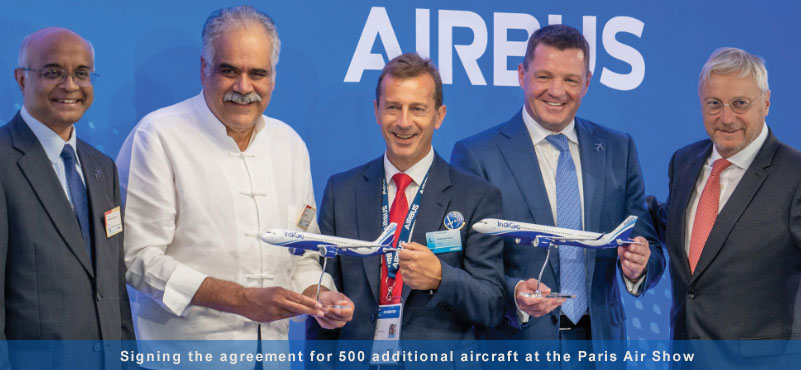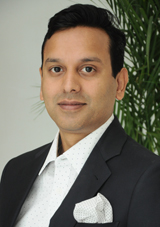
Yoga and Ayurveda, two unique gifts to humanity from India, are slowly being celebrated in India and the world over. Once obscure, yoga centres and Ayurvedic medicines are becoming ubiquitous entities. However, much of this fanfare, especially for Ayurveda, is recent. To their credit, the current government, led by the PM himself, has brought unprecedented limelight to these segments. With the UN celebrating International Day of Yoga, these segments have gone truly global. The development has added muscle to India’s tourism offering and has projected India as a destination for holistic healthcare and wellbeing. Home-grown proponents of Ayurveda and Yoga have naturally benefited from the added influx of people seeking health and rejuvenation. We spoke to Abhilash K Ramesh, Executive Director, Kairali Ayurvedic Group to understand what’s trending in the segment and how his well-established company is aligning itself with the changing dynamics of the marketplace. Excerpts from a free-wheeling telephonic interaction:
Kairali group has had humble beginnings. Looking back at the inception of the company, Abhilash shared that his great grandfather was the first-generation Vaidya (doctor) who started with two Ayurvedic clinics in Palakkad and Pollachi in Kerala and Tamil Nadu, respectively. Once the effort found traction among locals, the group ventured in to producing medicines. “It started initially in clinics and later in a factory. With the establishment of Malabar chemicals, we ventured in to production of medicines,” he detailed. But it was not until 1989 when the Kairali Ayurvedic Group opened its first Ayurvedic Centre in Delhi. “It started in Delhi with the realisation that producing medicines alone was not enough for Ayurveda; people, needed to experience it – Ayurveda being more to do with wellness and holistic health,” he explained. “With that idea, the Kairali Ayurvedic Centre was established in Delhi in 1989,” he added.
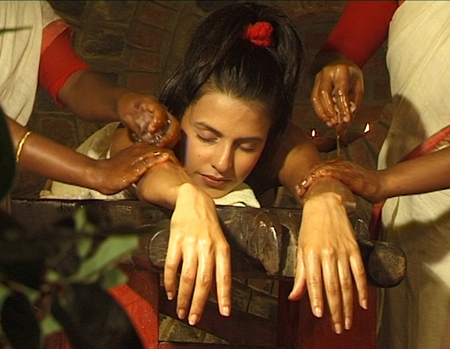 He explained that Ayurveda involved healing processes, certain dietary requirements and others. “Keeping that in mind, we started a residential centre in Palakkad, Kerala. Since then we have expanded to three factories and increased the line of products available,” he detailed how the group grew from a small establishment to an established name in the field of wellness.
He explained that Ayurveda involved healing processes, certain dietary requirements and others. “Keeping that in mind, we started a residential centre in Palakkad, Kerala. Since then we have expanded to three factories and increased the line of products available,” he detailed how the group grew from a small establishment to an established name in the field of wellness.
The group was in midst of a serious expansion, we were told. The group currently operates 35 centres in India and world over and plans to push its number count to 100 centres by 2030.
Taking stock of the changed landscape, he concurred that there had been a sea-change in the way Ayurveda and Yoga was being perceived by masses. He added that after the big push by the top echelons of government to bring Yoga in the mainstream of public discourse, comparatively less resources were being diverted for marketing and outreach. However, he added that while the general awareness had grown rapidly, footfalls to their centres had not really grown substantially. “Our clients have continued to be with us for a very long time. People who are our clients are still our clients. Yes, we are growing at 3-4%,” he shared. He expressed optimism at growth in the imminent future, suggesting that “more people internationally were beginning to understand and appreciate Ayurveda.” He asserted that the market was “definitely going to see larger growth in coming years.”
Market trends
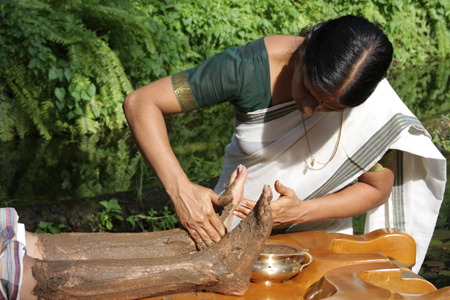 Back in the early 1990s and 2000s, much of the footfalls to Kairali Centres was dominated by international visitors. “As much as 90 percent of total visitors were international. Only 10 percent were Indian citizens,” he detailed, explaining that wellness was an alien concept for a “growing economy which was beginning to find its footing in the global arena”. Since then, there had been a substantial change in the profile of visitors, with as much as 35 percent of visitors coming from the domestic markets, he shared. Speaking on international visitations, he noted that the footfalls was distributed among various regions, with Germany leading the chart. “As much as 34-35 percent of all footfalls are from Germany, followed by the USA and Canada,” he said, adding that the rest of the numbers came from Japan and rest of the European countries.
Back in the early 1990s and 2000s, much of the footfalls to Kairali Centres was dominated by international visitors. “As much as 90 percent of total visitors were international. Only 10 percent were Indian citizens,” he detailed, explaining that wellness was an alien concept for a “growing economy which was beginning to find its footing in the global arena”. Since then, there had been a substantial change in the profile of visitors, with as much as 35 percent of visitors coming from the domestic markets, he shared. Speaking on international visitations, he noted that the footfalls was distributed among various regions, with Germany leading the chart. “As much as 34-35 percent of all footfalls are from Germany, followed by the USA and Canada,” he said, adding that the rest of the numbers came from Japan and rest of the European countries.
Roadblocks that need addressal
The spurt in Ayurveda and Yoga had also brought to fore some pitfalls. A number of phoney institutes have cropped up in cities that attract these segments, namely Ujjain and Rishikesh, among others. Abhilash believed that the process of accreditation, “even covering the basics”, was going to go a long way in “bringing a semblance of structure” in the segment. “AYUSH should have an Ayurveda accreditation system so that basic norms are adhered to,” he suggested.
The way forward
Yoga and Ayurveda are elements that are uniquely capable of driving volumes and businesses for India. While Yoga has gained relatively more prominence, Ayurveda, too, is quietly inching towards taking the centre stage, said Abhilash. “Ayurveda is getting there. People are beginning to look at healthy alternative lifestyles and healthy vegetarian food etc. So, it is all helping Ayurveda acquire greater prominence.,” he said.
He noted that Ayurveda was an Indian offering and its Indian identity needed to be safeguarded, he said, referring to countries like Sri Lanka which were offering Ayurvedic treatments. “We as a country need to protect its identity,” he advised.
Suggesting the way forward, he batted for “legal recognition” for Ayurveda as a medical science for health and healing. “We need to have that recognition in markets like the USA and Europe,” he said, noting that these steps were going to help the domestic industries truly tap the potential of these segments – which have the prowess to not only drive tourism but create a more favourable image of the country in the international circles.


